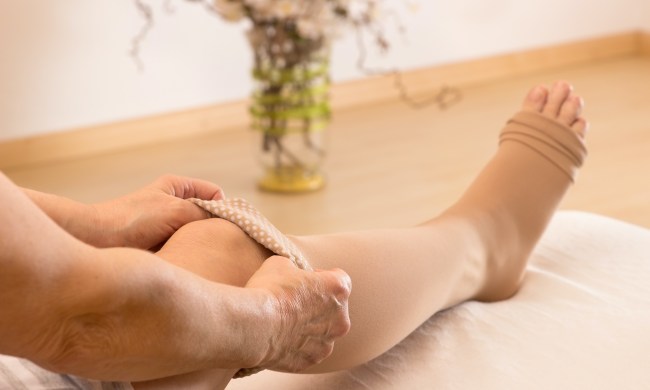Occlusion training is also know as blood flow restriction training and can be a useful tool in our fitness workouts. This type of training can be good for those recovering from injuries or who have physical limitations that interfere with building muscle. It would be wise to check with a knowledgeable doctor first to find out if this type of training is right for us before beginning.
The goal of this training is to build strength by reducing blood flow to the areas we are working. A soft band is placed around the limb and pressure is increased during the workout. There are several training methods using this technique. We can use this type of training during walking or cycling to improve endurance and muscular strength. It is better to work with a trained professional when beginning this style of workout.
Here are some occlusion bands to help with this training technique.
This training method can offer increased strength and aid in the recuperation of muscles. With proper training advice, occlusion methods can be a helpful part of our workouts.


